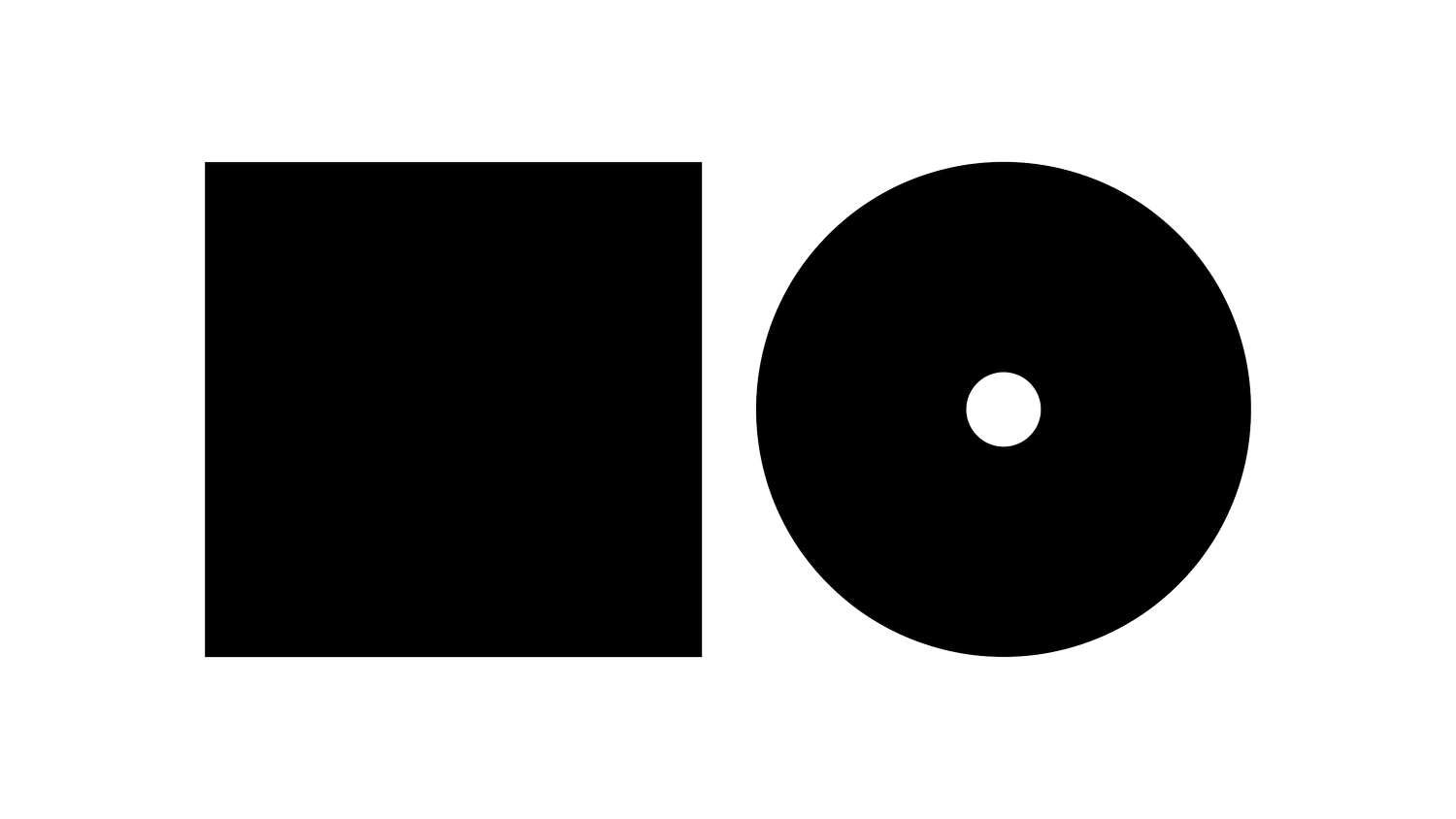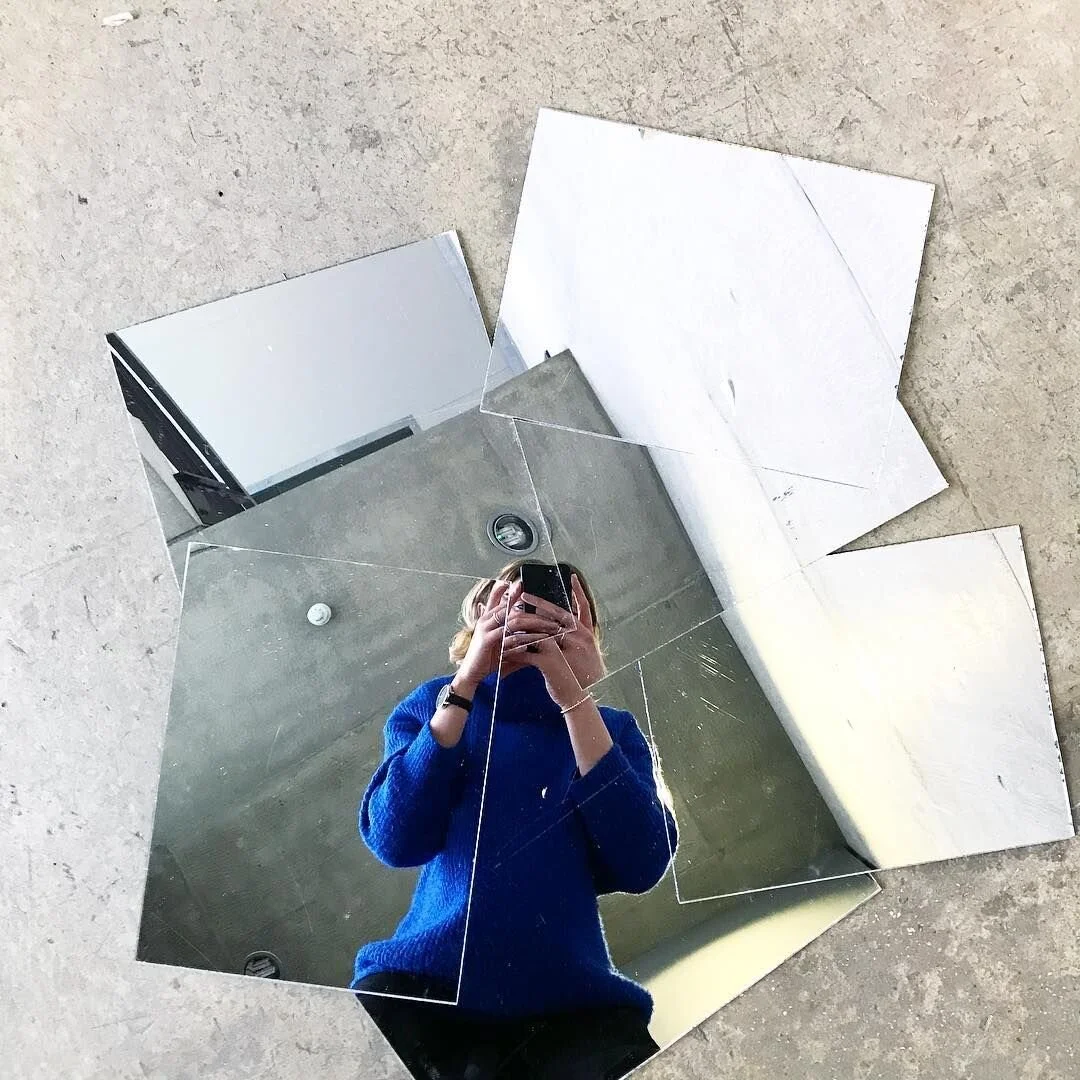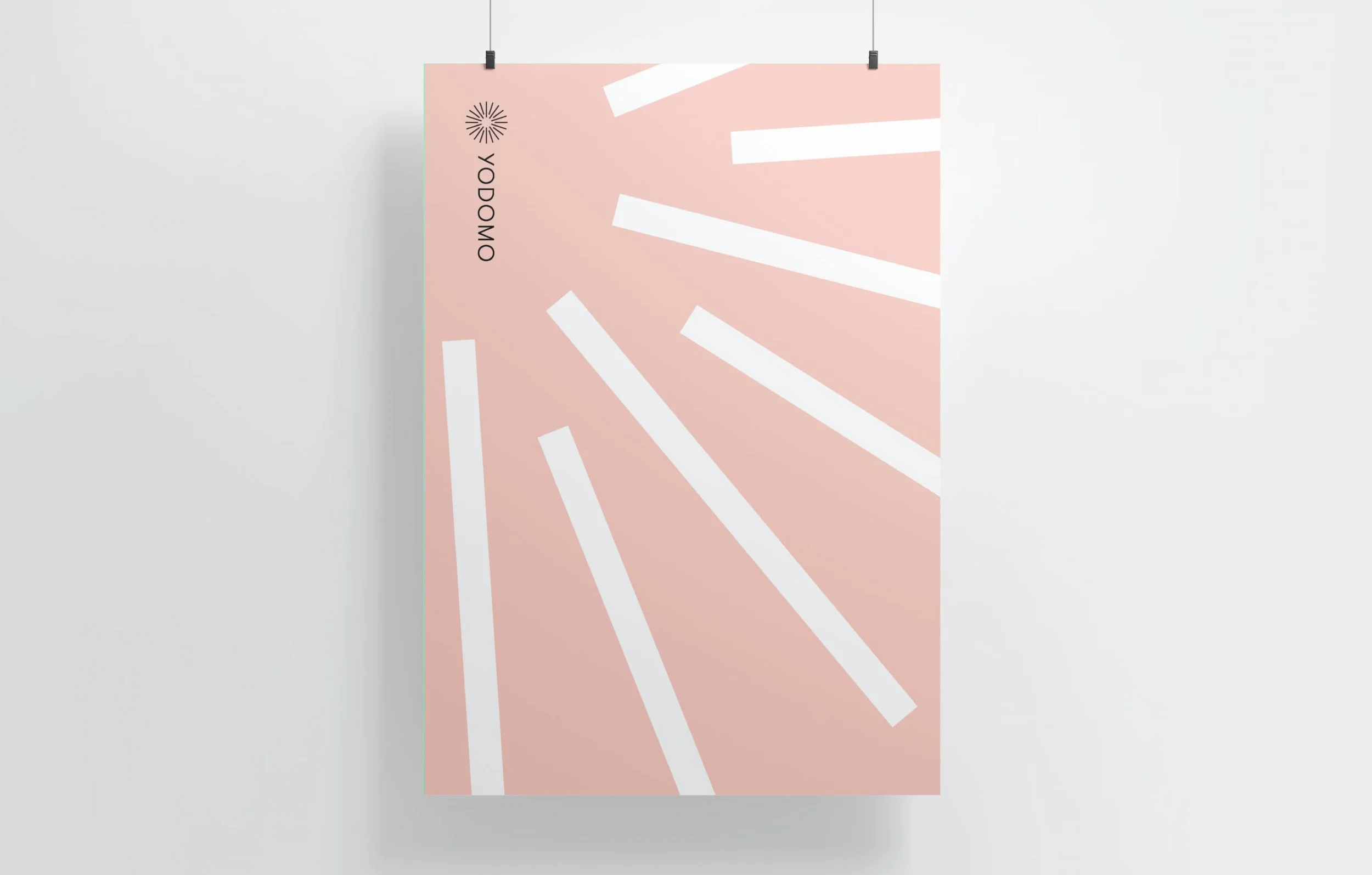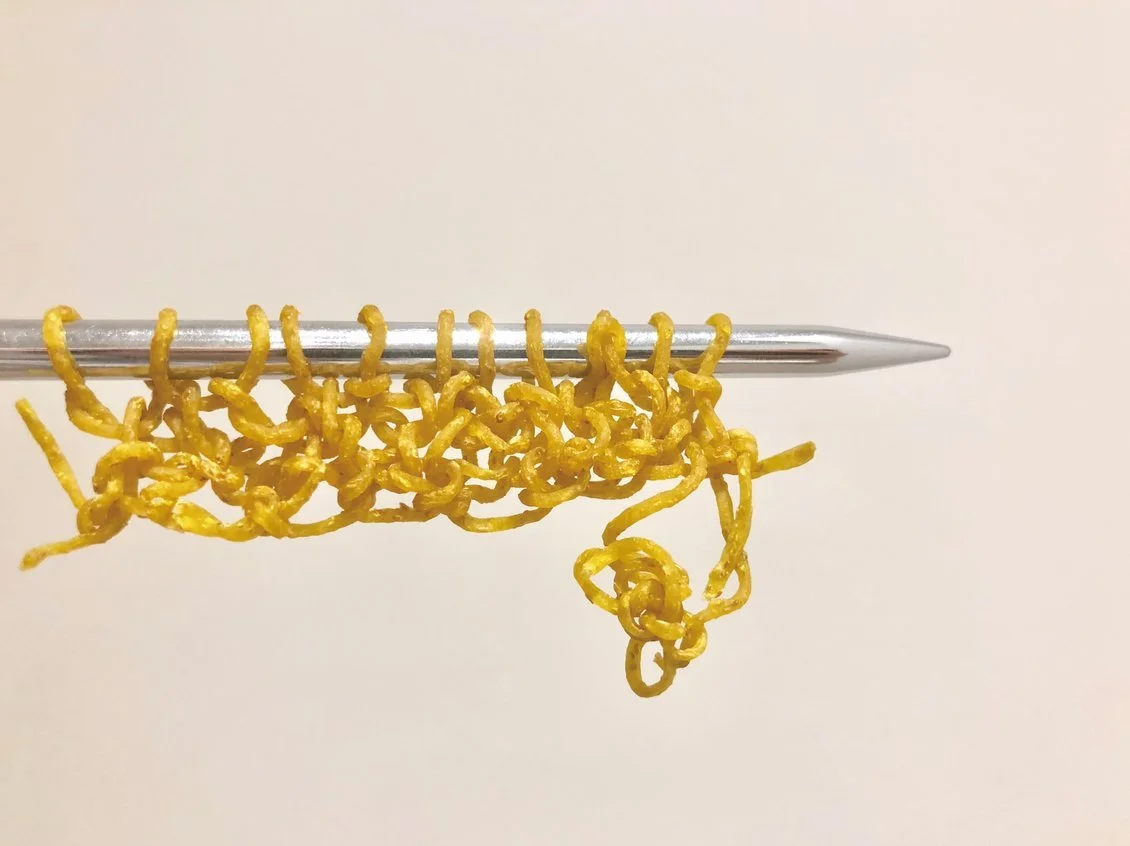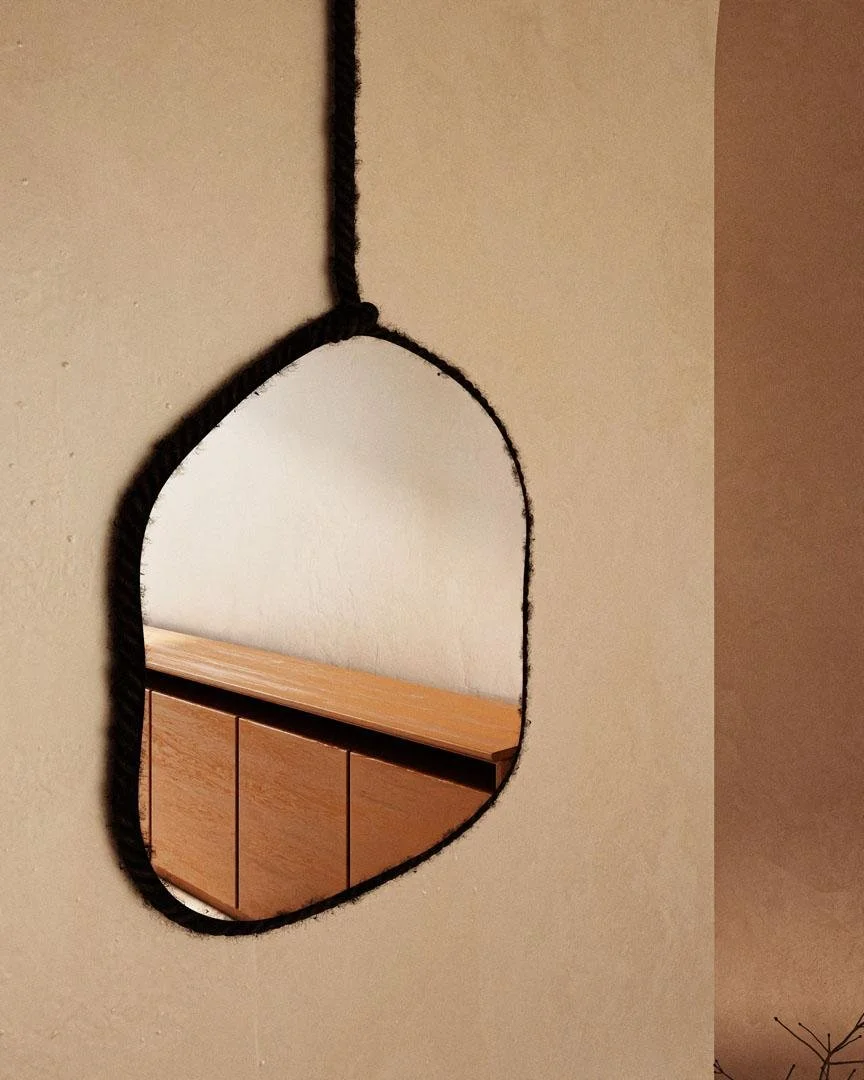P R O L E A R N
The Design Process is a systematic methodology for breaking down complex projects into manageable stages, ensuring that the final product meets user needs and business objectives.
Key Characteristics
User-Centric: Places end-users at the heart of the design process, ensuring solutions meet real needs.
Iterative Approach: Encourages continuous feedback and refinement through multiple stages of development.
Problem-Solving Focus: Aims to identify and address specific challenges or user needs.
Stages of the Design Process
Identify the Problem: Clearly define the issue or challenge to be addressed.
Research: Conduct in-depth analysis of the problem, user needs, and existing solutions.
Ideate: Generate a wide range of potential solutions and ideas.
Evaluate and Select: Assess ideas against criteria and choose the most promising solution.
Prototype: Create a preliminary version of the product or solution.
Test and Troubleshoot: Gather user feedback and identify areas for improvement.
Refine and Release: Make final adjustments and launch the product.
Benefits
Enhanced Innovation: Structured approach leads to more creative and effective solutions.
Reduced Risks: Early testing and iteration minimise the chances of costly mistakes.
Improved User Satisfaction: User involvement throughout the process ensures the final product meets actual needs.
Challenges and Considerations
Time Management: Balancing thorough exploration with project timelines can be challenging.
Resource Allocation: Ensuring adequate resources for each stage, especially prototyping and testing.
Maintaining Flexibility: Adapting the process to different types of projects and industries.
Future Outlook
As technology advances, we can expect to see more integration of AI and data analytics in the design process, potentially automating certain stages and providing deeper insights into user behaviour and preferences.
Call to Action:
Evaluate your current product development approach and consider implementing a structured design process. Start with a small project to test the methodology and gradually refine it to suit your specific industry and organisational needs.
